It’s the early afternoon in Poblenou, Spain, and a store is lined with pants of unusual textures, designs and particularly punk-like styles. In between a sea of clothes, stands Kai Baikal, an SF artist – who just ran out of clean pants on the start of their two-and-a-half year trip – and a pair of purple, fitted and flared jeans.
Sewn between the stitches and buried beneath the wrinkles are the memories, values, good luck and tradition that bonds people to their clothing.
A 2023 Fashion Theory journal study conducted by Ana Neto and João Ferreira found that interpersonal relationship behaviors can be found between the wearer and their long-term clothing items. Similar to the emotional attachment created in friendships, corresponding traits were found when examining how humans developed emotional attachment to their clothing items.
Much like certain clothing items can contribute to an emotional attachment for the wearer, clothing adornment signifying status, culture or identity is a pancultural practice “I think that’s universal,” Christine Abadilla Fogart, associate director of the SF State Global Museum, said. “You make it unique to you but it also represents the place where you come.”
History of Clothing Attachment
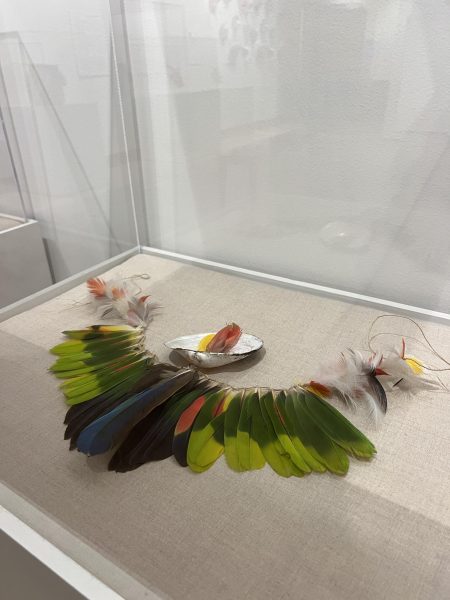
Fogart characterizes the sentiments humans attach to their clothing as a continuous thread throughout history – some of which are displayed in the Global museum located in the SF State Fine Arts building.
“Clothing has been around since humankind,” Fogart says. “In the beginning, it was usually just to protect their bodies from the elements, but then it got more sophisticated over time.” Once people became more familiar with their landscape, minerals and colors, they became more experimental with unique characteristics of clothing.
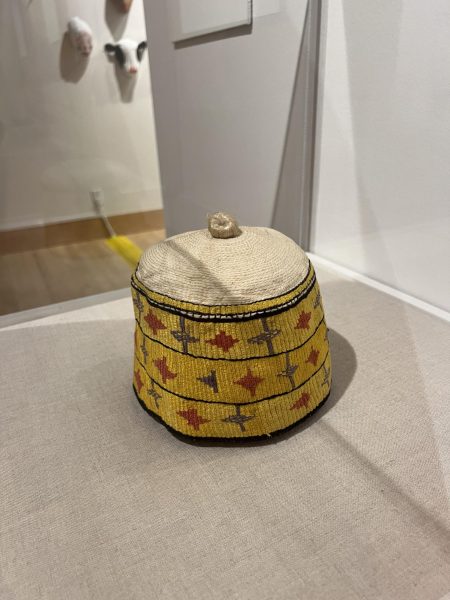
As Fogart points to a 20th century embroidered Nigerian cap worn by the Hausa people, she emphasizes on the personalized symbols embroidered into the hat that became a part of the person’s identity when wearing it. The cap served to protect the heads of the Hausa people along with embracing the power and significance of their chosen symbols.
Clothing soon began to mean something more than just practicality. For some cultures like the Philippines, putting intention in clothing looked like weaving pineapple fibers into piña fabric as seen in the 20th century bag on display in the museum. In Central Brazil, the Tapirapé people made ceremonial necklaces out of common parrot feathers.
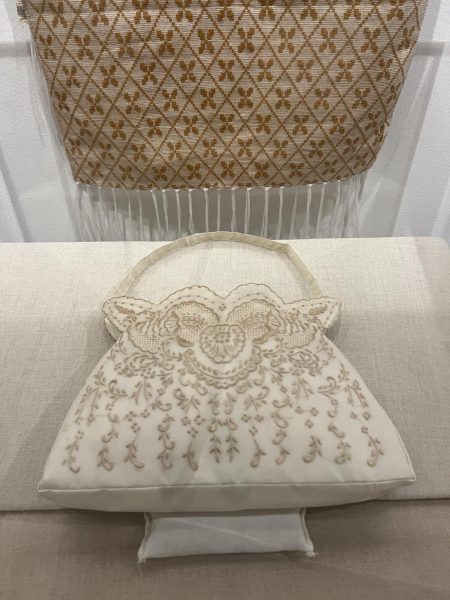
Although a person’s attachment to a favorite clothing item may look different today, the meanings humans attribute to what they wear remain an ongoing theme among all cultures.
Kai Baikal
Baikal’s pants — made of purple-dyed denim with zipper pockets and embellishments — are what set off Baikal’s fashion radar eight years ago after landing in Barcelona, Spain, the first of the 26 countries they visited. The now 42-year-old artist, was attracted by the pants’ out-of-the-box appearance that differs from their typical black and gray pants.
“It just reminds me of being a nomad and how that all started,” Baikal said.
Luckily, Baikal’s pants predicament resulted in their most memorable clothing item that they tell the story of almost a decade later. Reflecting on the untraditional look of those pants, Baikal felt especially drawn to them. “They seemed unique to me at the time, and I’ve had a lot of non-traditional experiences,” they said.
As the well-traveled pants began falling apart, Baikal searched for the same ones on their next visit to Barcelona. Although no longer wearable, Baikal’s purple pants continue to be the item that stands out most in their closet.
Kurt Thomson

Once a closeted teenager in Australia wearing oversized baggy jeans, Kurt Thomson who resides in San Francisco, reinvents the same 1990s street-style baggy jeans he wore 30 years ago. For him, it’s an ode to the life of liberation he leads now.
“They’re really important to me,” said Thomson, “I was in the closet as a gay man back in my teens and now I’m wearing them as a 44-year-old man. I’m open and free and happy, so it’s kind of liberating.”
Thomson now turns to his baggy jeans as a tried-and-true option when getting dressed after noticing the recent revival of ‘90s fashion.
“Sometimes, they come and they go, but you know they can be revamped and changed into a different light and loved again,” Thomson said.
For some, clothing can be the vessel that memories cling to. In Thomson’s case, he compares his memories that are bound to certain clothes as a form of nostalgia. “As time goes by, I think of it like music and smells,” Thomson said. “There’s definitely a connection to clothing.”
Haley Posadas

Tucked inside Posadas’ closet hangs a knit sweater, patterned with cream, pink and green and kept for the days she needs it most. For the third-year child development major, it’s the sweater that was passed down from her older brother to her younger sister, and then to her that she deems her “good luck” charm. Although her brother bought the sweater in 2017, it took years of Posadas borrowing it and circulating between her siblings before it became hers last December.
The thick-knitted sweater appears designed for warmth, but for Posadas, knit between the yarns are the echoes of her siblings memories and her family-oriented values. For Posadas, it’s more than a piece of clothing. Rather, it’s a reminder of her individuality, which she attributes a large part of to her family. “It’s a sweater, but it reminds me of both of my siblings,” said Posadas. “My siblings make up a lot of who I am.”
Karla Meza-Quezada
There haven’t been many moments in the past five years where Karla Meza-Quezada, a third-year criminal justice major, wasn’t wearing her Doc Martens.
“I take them everywhere with me,” Meza-Quezada said.
The reflection of her shiny black leather boots tells the story of the music festivals she attended – Coachella, HARD Summer, Beyond Wonderland, to name a few – and her transition into college.
Fifteen-year-old Meza-Quezada chose the Doc Martens ‘Jadon’ boots because of their platform and versatility which goes with every outfit. Five years and four music festivals later, Meza-Quezada, now 20, still considers her reliable boots in good shape and a staple in her closet.
Zoee Sexton
Fashion is something Zoee Sexton, a nutrition and dietetics major, values in the mundane day- to-day life. “Look good, feel good, do good” is what she repeats to herself before exams.
When Sexton pictures her most prized piece of clothing, stripes, rainbows, and knit appear.
“It’s something that stands out. It’s bright, it’s me,” Sexton said when describing her turtleneck sweater, pointing to a photo of her mom wearing it on Lombard Street.
Sexton was given the sweater – something she’d been eyeing in her mother’s closet – right before leaving home for the first time to work at a three-month-long summer camp in San Francisco. The sweater served to keep her warm while also being a reminder of her mother when she was away. “It was a piece of my mom that I got to take with me,” Sexton said.
As her mother handed off her sweater to Sexton during her freshman year of college, her sentimental attachment sprouted. “My mom is my fashion inspiration, so anything that she gives me I hold really close and tight to my heart,” Sexton said.
After making it a tradition for three summers in a row to travel to summer camp in San Francisco, bringing her sweater along made itself a tradition as well.




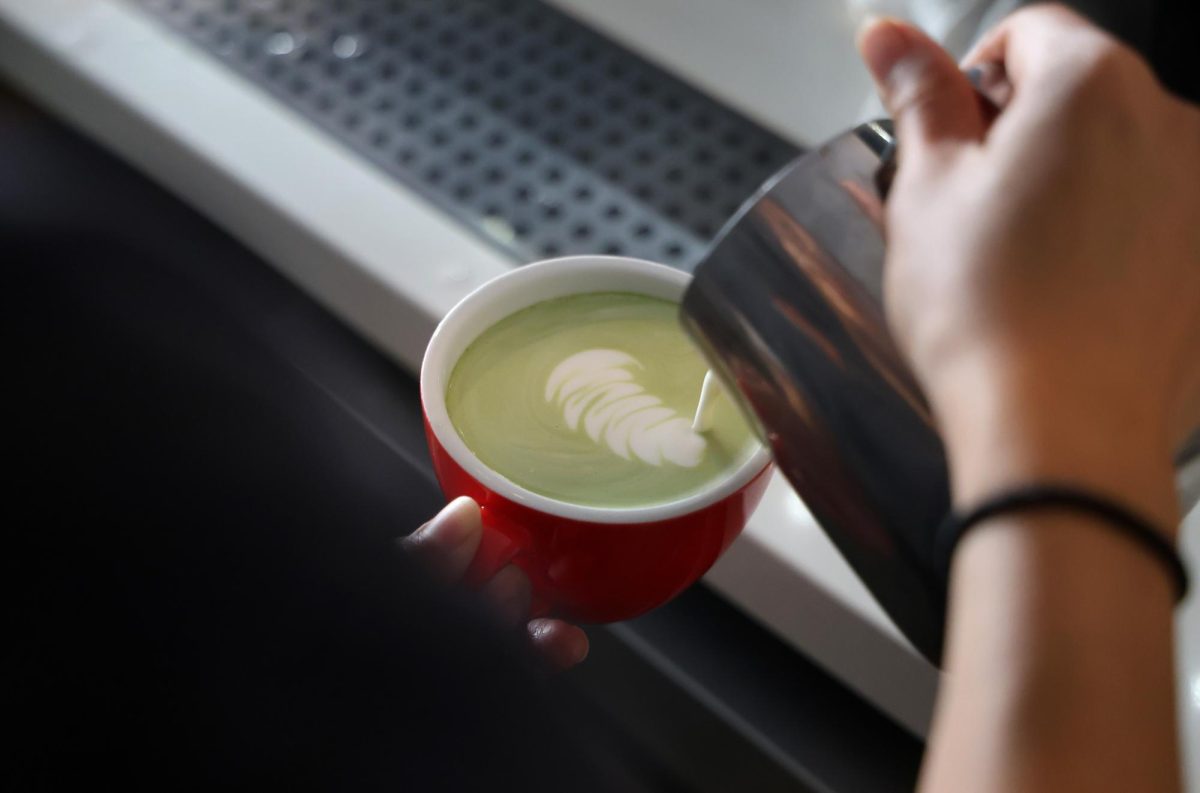
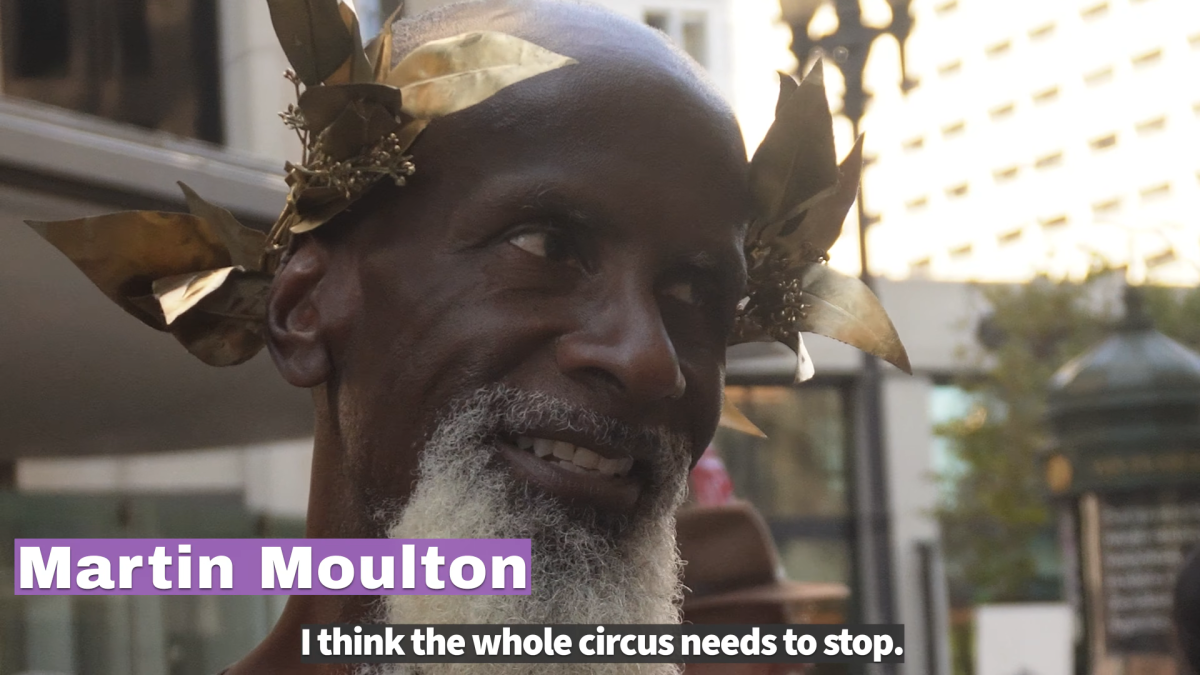
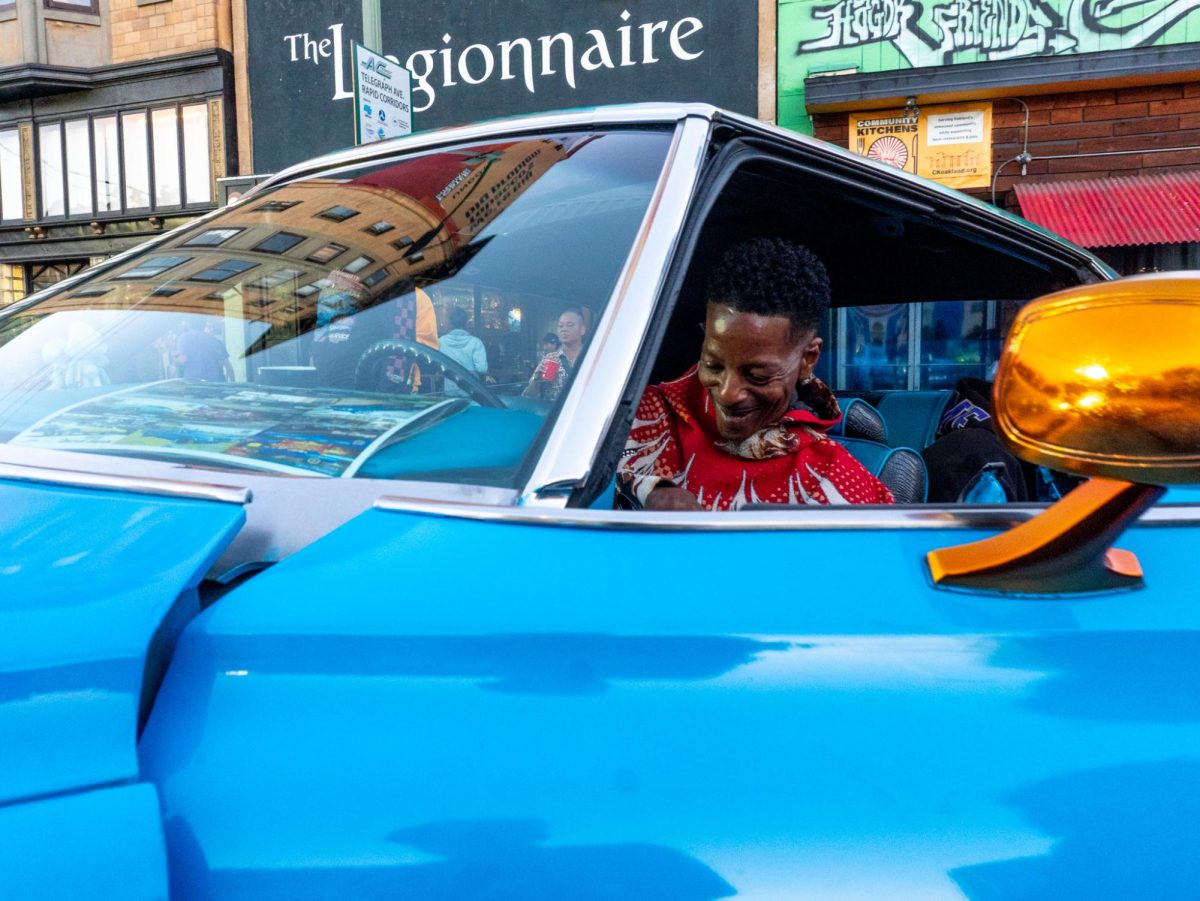


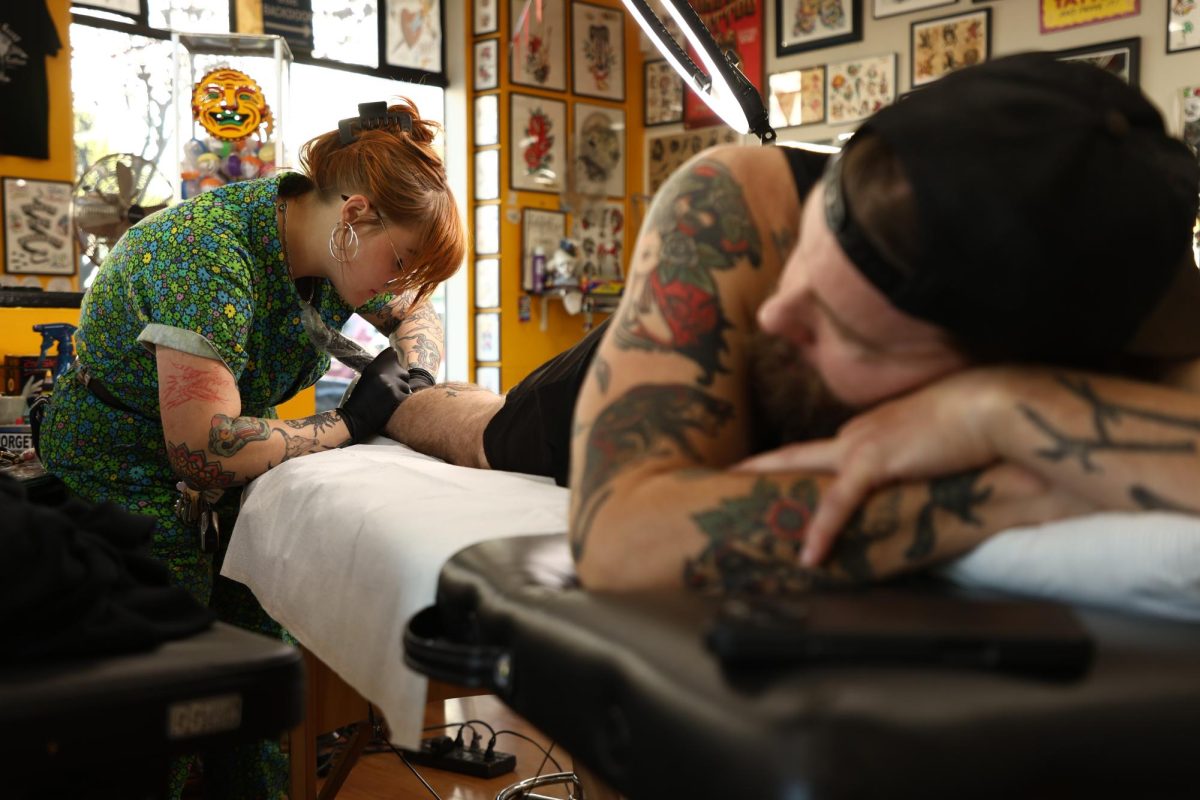
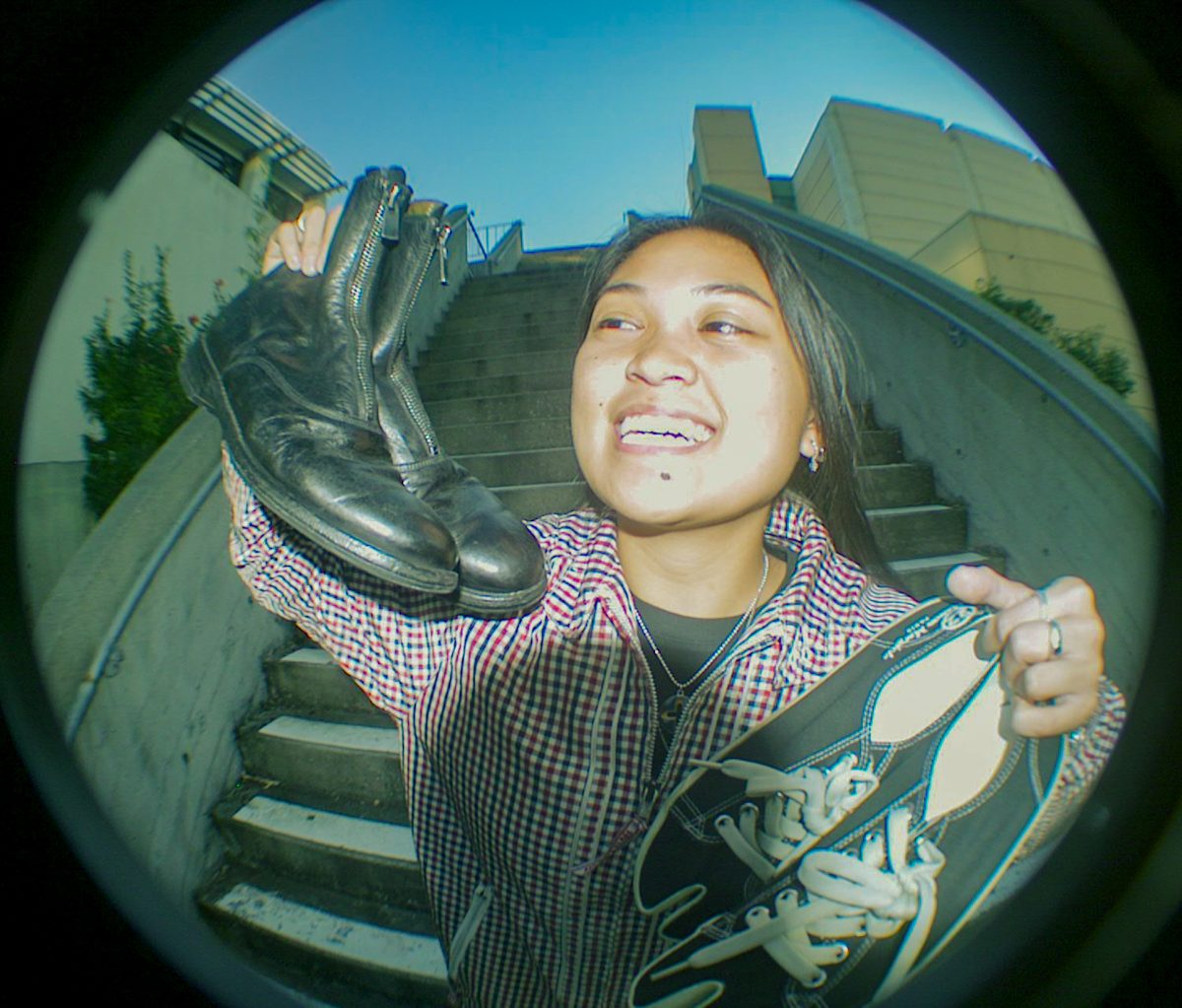

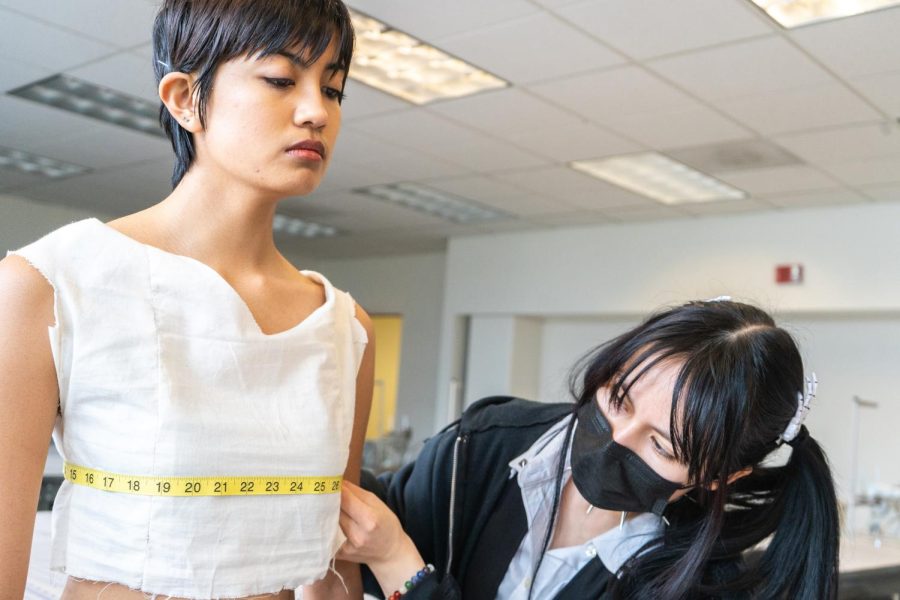
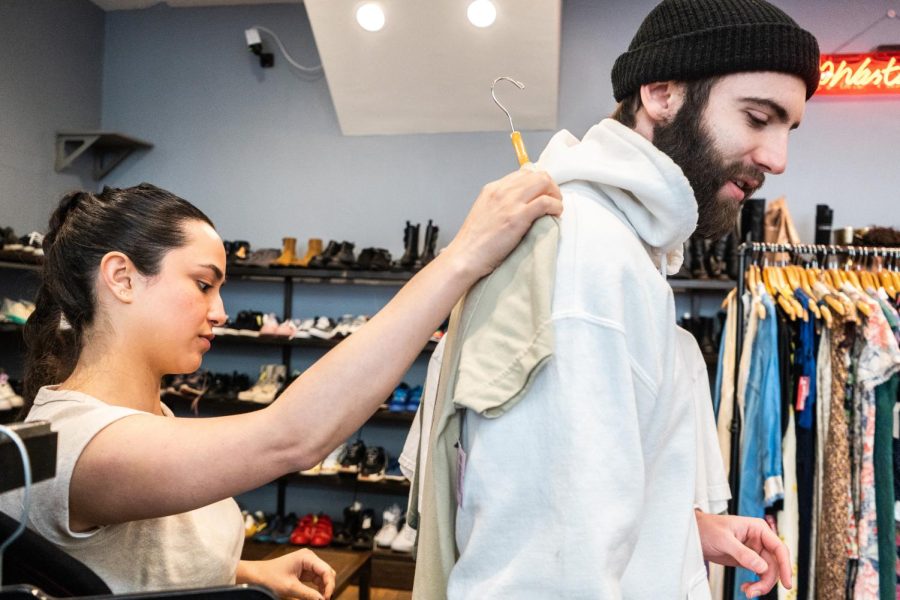
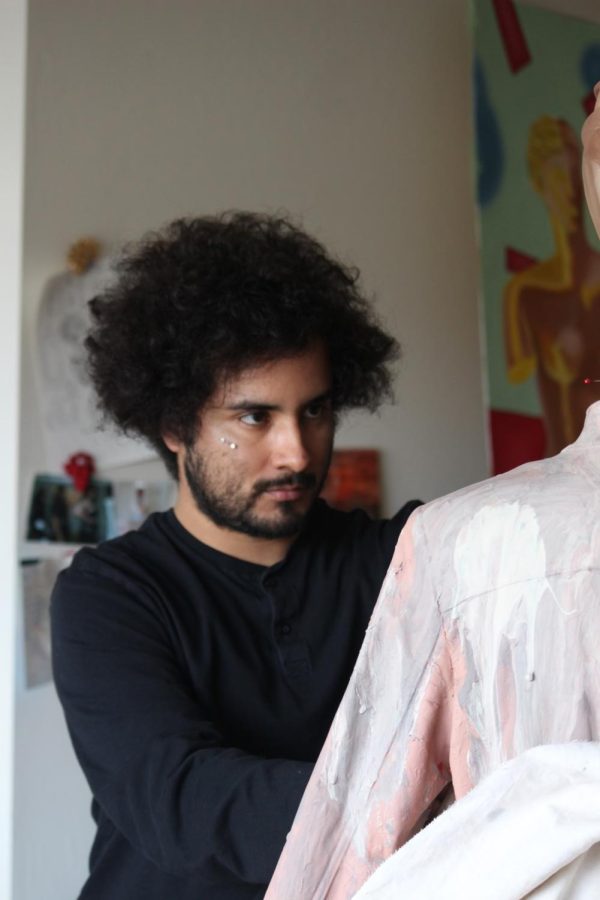
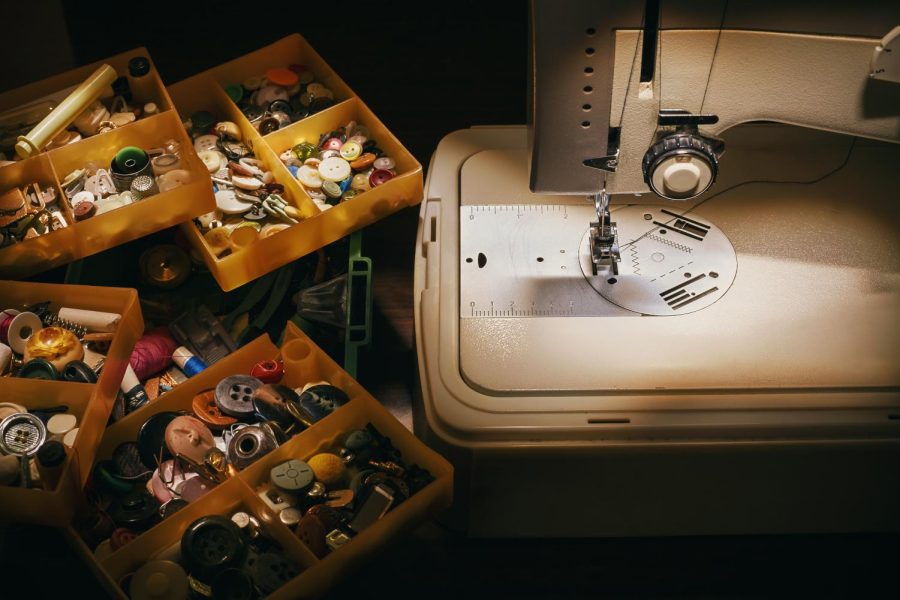
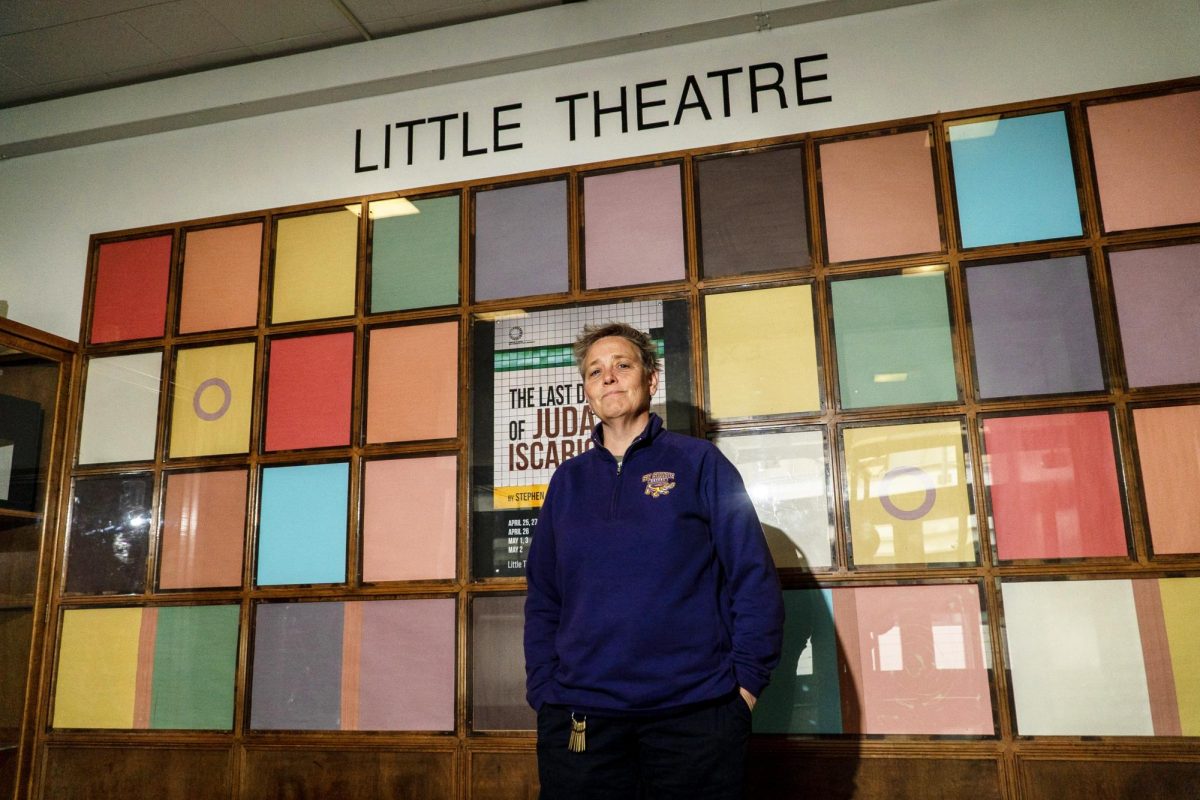

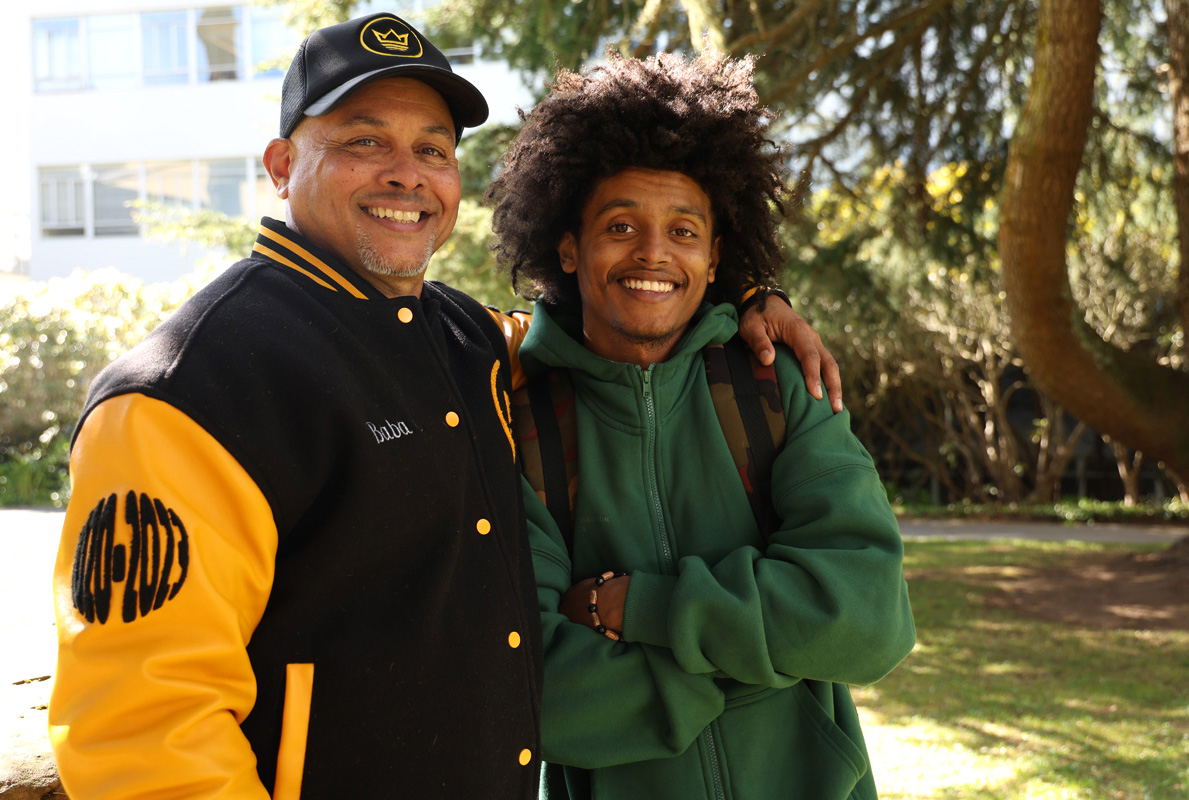




ZM • Apr 2, 2025 at 7:55 am
What a thoughtful article. Couldn’t agree more. I still have my grandma’s original Levi jacket that she wore, mom wore, I wore and now my daughter wears.